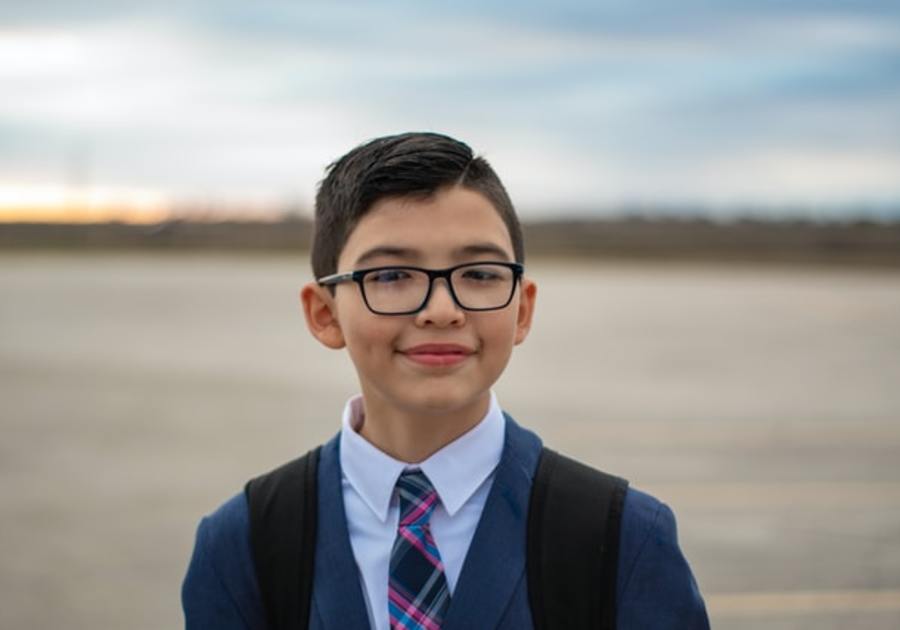As teachers, parents and administrators discuss how to reopen schools in our area safely, there needs to be a discussion about children’s vision and eye health needs. Over the last several years I’ve seen a continuous increase in children coming to see me with myopia, a disease where the eye grows too long. The symptom of myopia is blurry distance vision, and fortunately we can easily compensate for this with glasses or contacts lenses to help children see clearly. However, glasses just treat the symptom of myopia but don’t treat the underlying disease, and in most children myopia continues to progress until their body stops growing. As a result their vision gets worse every year which can impact them academically and socially. Importantly, myopia significantly increases the risk of serious eye diseases such as retinal diseases and glaucoma.
How is myopia related to school re-openings? Studies in the last decade have shown that the explosion of myopia we see in kids is caused by a lack of outdoor time and more near work, like reading and screens. Kids today grow up in a vastly different visual environment than I did. They are indoors more on electronics, have more homework and less unstructured outdoor time. This is changing the way their eyes grow, with possibly serious consequences for them later in life. Virtual school is only making this issue worse. Kids indoors almost all day on screens for school increases their risk for developing myopia and, if they are already myopic, progressing more quickly.
In the midst of a once in a lifetime pandemic, vision and eye health understandably may not be the biggest priority. Given myopia is not reversible, it is important that parents and schools take steps to minimize the impact of virtual or in-person learning. Below are some proven tips that can help reduce the impact on our children.
- Get kids outside at least 2 hours a day. Whether at school or home, this is critically important as it has a protective effect against developing myopia.
- Take a break from screens. At least every 20 minutes kids should take a break and look at the distance to allow their eyes to rest.
- Get a comprehensive eye exam early and at least annually for school-age children. Myopia usually develops slowly, so often a child is already moderately myopic and parents and the child don’t realize it.
- Ask about myopia treatment for children. In the last few years, several treatments have been proven effective at slowing or even stopping myopia in children. These treatments include specialized contact lenses and prescription eye drops. At my practice, River Oaks Family Optometry, we specialize in these treatments and have children from 6 to 16 years old in myopia treatment. As a part of Treehouse Eyes, the leading provider of pediatric myopia treatment in the country, we have deep expertise in working with children.
One innovation that can come from this challenging period is considering the ideal school environment for children. Many schools are moving their classrooms outdoors at least part-time to reduce COVID-19 risk. This has the added benefit of being better for children’s eye health and other emotional and physical benefits for them. This article in Education Dive talks about the benefits and challenges of outdoor learning in more detail.
While the current time is so challenging for parents, kids and schools, I’m optimistic that these challenges can spark more discussion about children’s eye health. I am passionate about ensuring children can live their best lives, and having good vision is so critical for learning and development. Digital devices are here to stay, but we now know how to reduce a child’s risk of myopia and, for those that develop it, provide safe and effective treatments for them.



